Tips for Using Sinking Lines and Leaders
When you pass a deep pool with no bottom in sight, there’s always the wandering thought of what could be down there in the depths.
There’s no imagination required for those comfortable with sinking lines and leaders! These great tools should be utilized by all anglers in an effort to better cover water and more thoroughly explore holes and deep runs that might not be accessible with a floating line. It’s a relatively easy concept when using these setups since the goal is to get a fly down to the desired depth. The real world application of sinking lines and leaders can be a bit more daunting, though. Here are a few tips to help make the challenge a bit more manageable!
Sinking Tip Line
A sinking tip line is essentially just what the name says: a section of the fly line is weighted and sinks down at a certain rate. Sometimes the sinking portion can be a few feet or it can be upwards of 20 feet. When looking at purchasing a sinking tip line, the faster the sink rate the heavier the weight is. Most anglers who use sinking tip lines are fishing bigger rivers that feature pools that aren’t fishable with a floating line. For those fishing from a boat, it’s a great strategy to have two rods rigged up, one with a sink tip and one with a traditional floating line. If the float is fast enough, there typically isn’t enough time to switch reel spools and totally re-rig the setup, so having both rods at the ready can save time and produce more fish.
Full Sink Line
Full sinking lines are most often utilized by anglers who frequent stillwaters. Even the deepest pools of a river usually can’t even sniff the same depth of a lake, meaning your flies have to get down to depths not usually found in moving water. While sink rate is still important in these situations, something that really helps is the luxury of time found without fast current. If it takes your flies ten seconds to drop down to the desired depth, that’s okay! The same time frame in a river might mean your flies are all the way through the targeted area, making the cast and drift ineffective. Having a full sinking line is quite the commitment, however. For this reason a faster sink rate isn’t as critical as other situations. If you’re fishing stillwater for trout, odds are at some point there will be a hatch and fish feeding on the surface. To be ready for these scenarios, carry two reel spools with you at all times. The first obviously has the full sink line, but the other can have a floating line to fish dries or dry-dropper.
Sinking Leaders
Using a sinking leader is a phenomenal way to cover those deeper areas of a stream without fully committing to a new reel spool. This setup might not be best for depths of ten feet or more, but it’s certainly capable of getting a streamer down in a hurry in heavy water where anglers don’t have the ability to wait several seconds for the fly to sink. The sinking leaders typically come in a few different sink rates, and the proper one will depend on the type of water you’re fishing. A sinking leader is also perfect to have at the ready on a raft or drift boat. Heavy boulder-strewn pocket water is known to harbor big browns, and hitting a streamer into those pockets and having it sink down quickly because of the weighted leader is a killer strategy to target these fish!
Using leaders or lines that assist in flies sinking is a great way to target bigger fish and thoroughly cover more water. Anglers who stick with floating lines are leaving quite a bit of meat on the bone when fishing a lake or river, and unfortunately for them they’re also not getting flies in front of the biggest trout out there! Knowing the specific circumstance is important, though. While stillwater folks may opt for a slower-rated full sink line, other waterways might call for a sink tip line or sinking leader. Regardless of how you choose to use them, getting flies deeper will eventually result in bigger fish hitting the net!


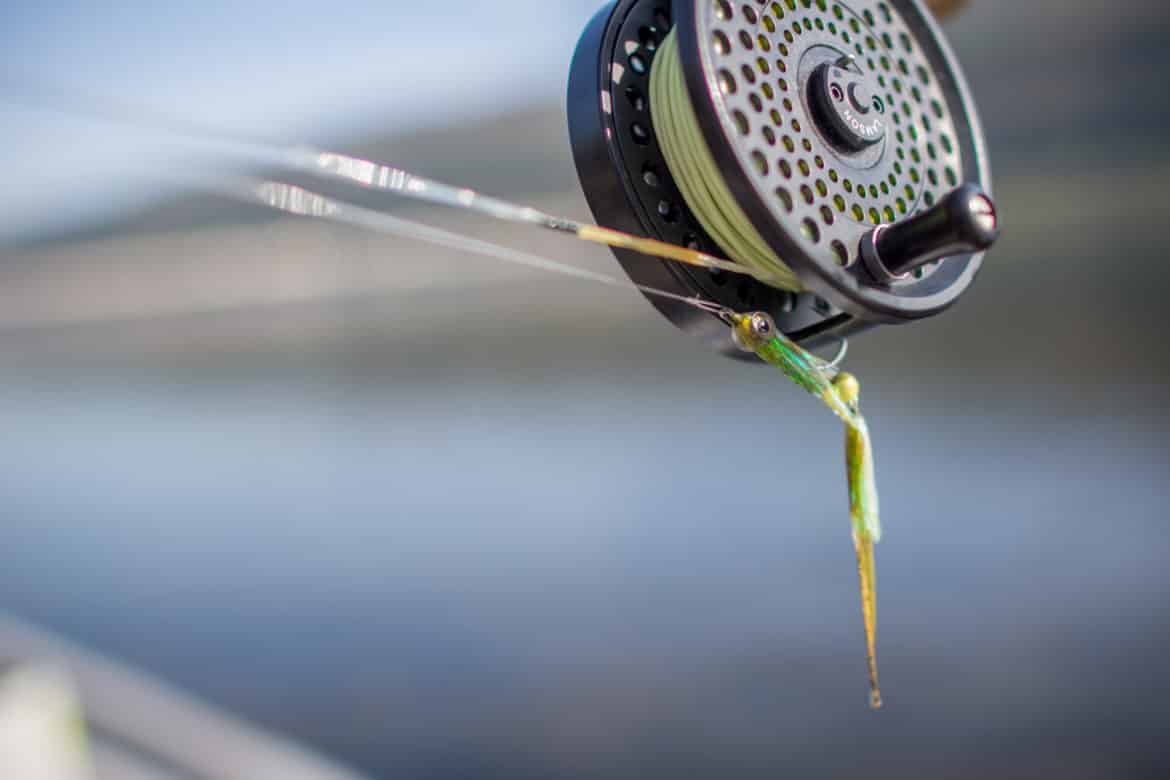

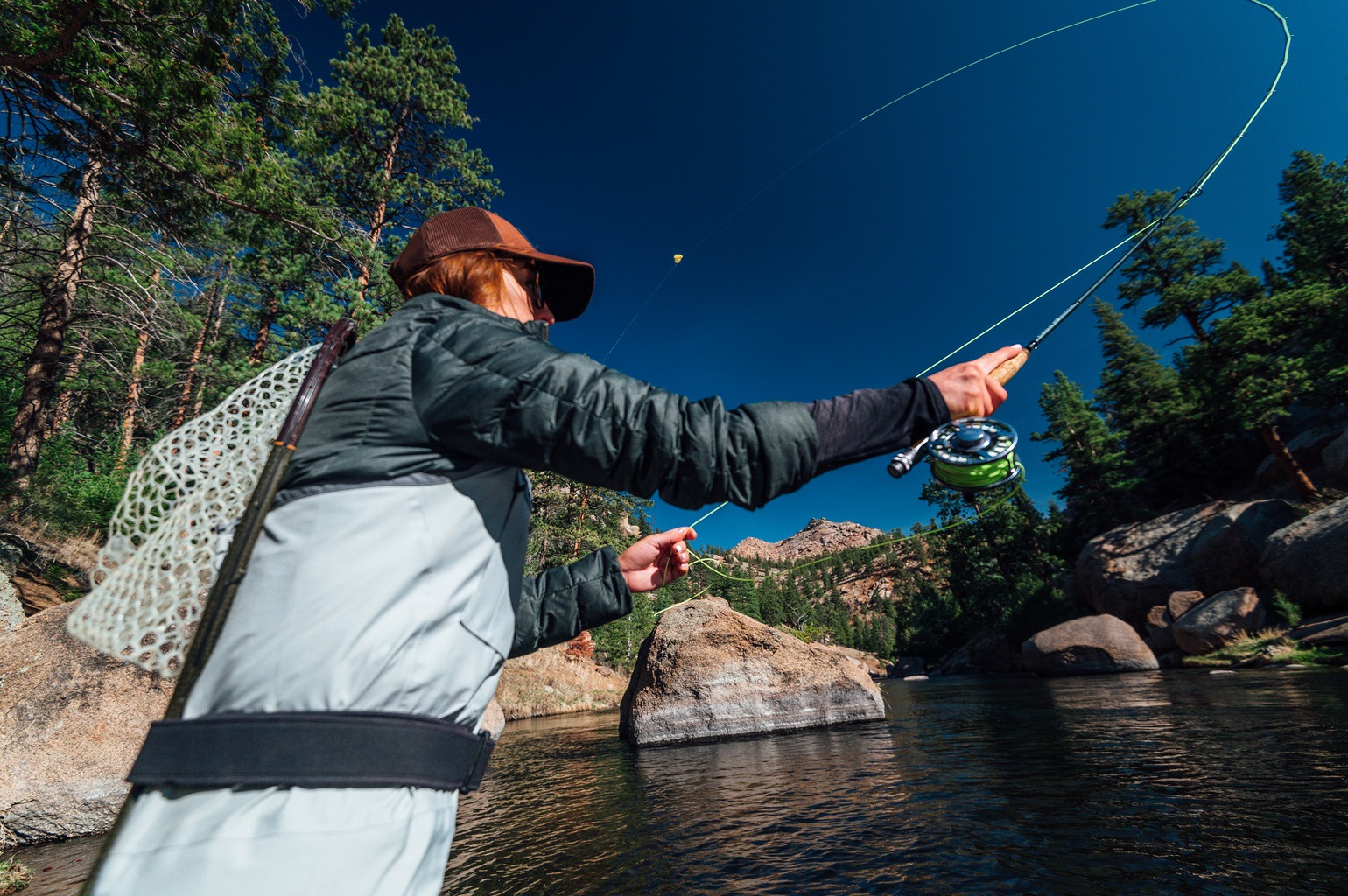
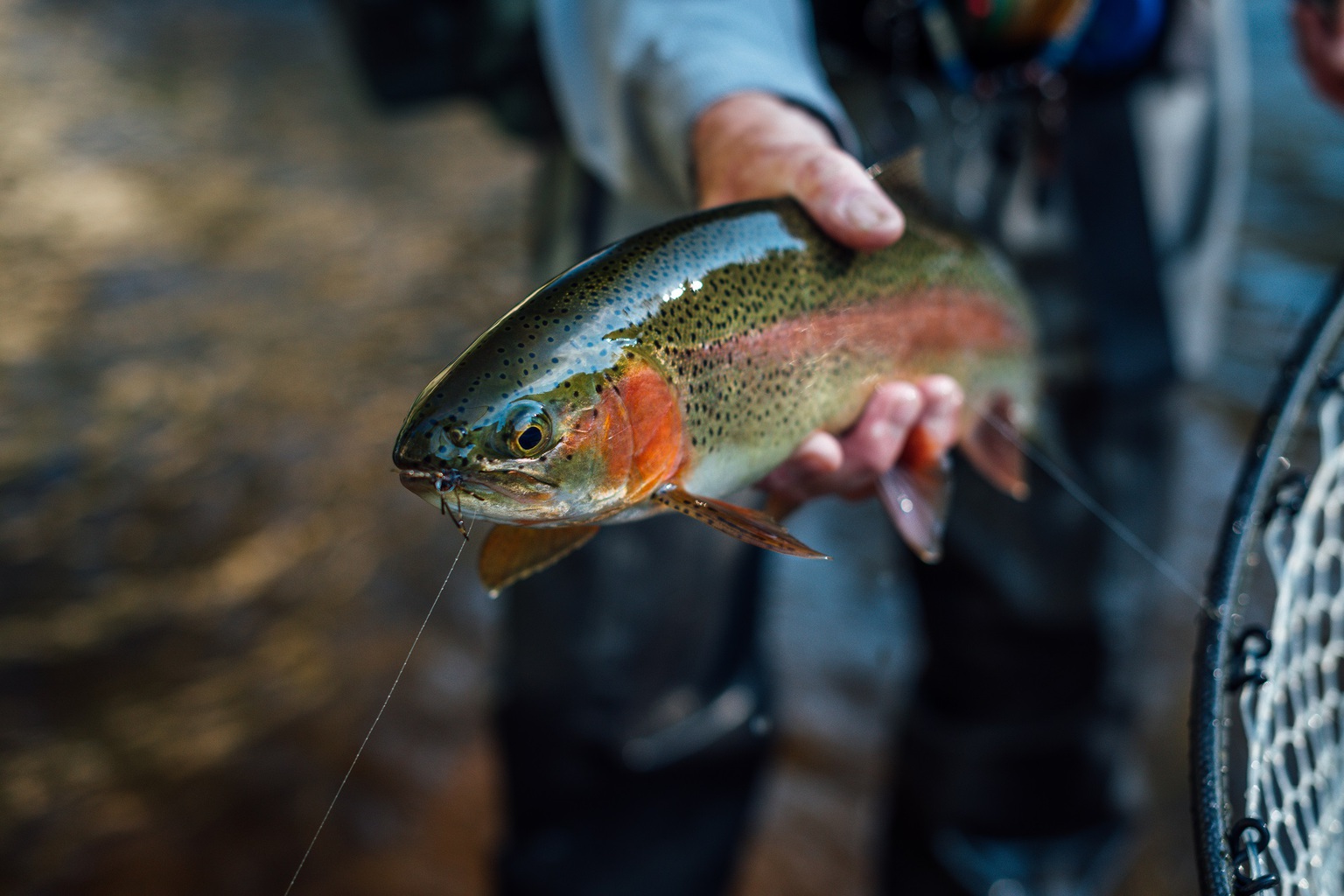



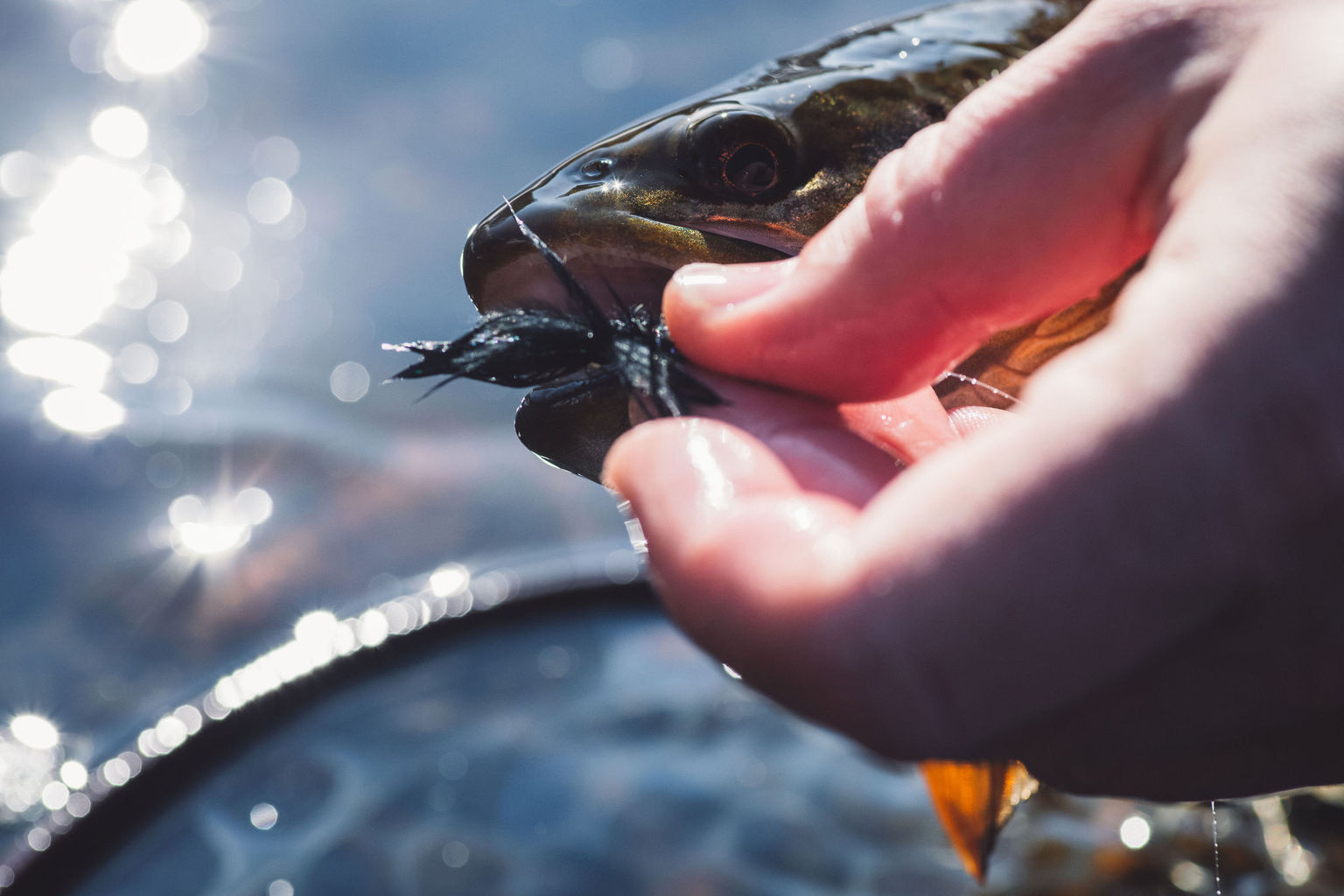
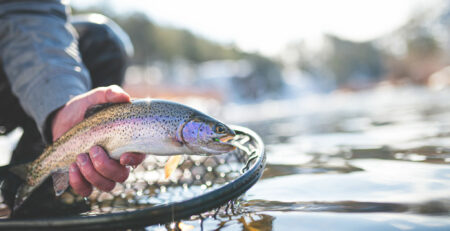



Comment (1)
G’Day Guys My name is Brian Julian and I have a Scientific Angler Frequency Sink Tip 3 Fly Line ,I’m having trouble casting the line with the normal Leaders, What type of Leaders do you recommend I use or am I casting the sink tip line wrong I’m using a Blue Ribbon TFO 4W/T. to many tailing loops. Tight Lines Brian Julian
Comments are closed.